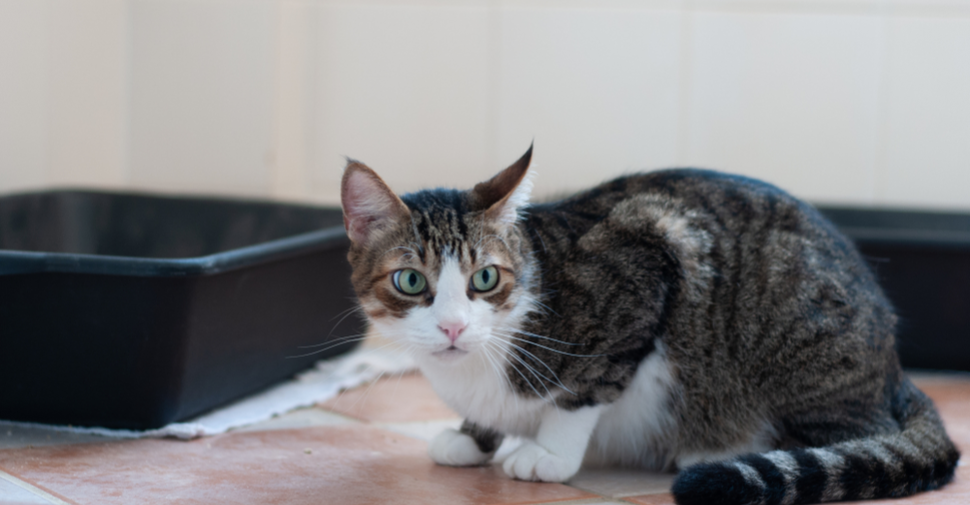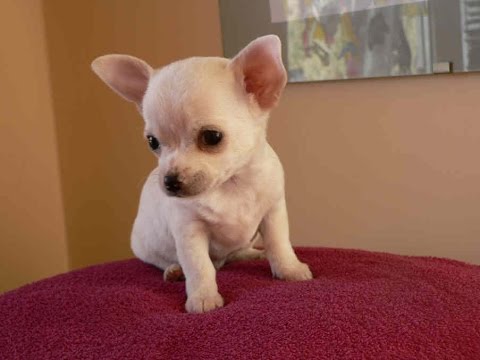Last Updated on August 23, 2023 by Fumipets
How to Properly Pet a Cat
Petting a cat is a delightful experience that requires understanding and respect for the feline’s preferences and boundaries. Approaching a cat calmly and allowing it to initiate contact sets the foundation for a positive interaction.
When petting, focus on areas like the head, chin, and back, using gentle, slow strokes. Observing the cat’s body language is crucial – signs of enjoyment include purring, relaxed posture, and leaning into your hand.
Be mindful to avoid sensitive areas and sudden movements that might cause discomfort. Mastering the art of proper cat petting enhances the bond between humans and their feline friends.
Cat
All kinds of cats beg to be petted. Most have downy, soft hair that is wonderful for fingers to get lost in, and when they nuzzle up close and purr loudly, we interpret that as loving the attention. But when you rub her head or belly, does she really feel contentment? Perhaps not. Believe it or not, there are proper and improper ways to pet cats, and a lot of people are unaware of the distinctions.
Anyone who interacts with a cat could benefit from learning how they prefer to be touched, whether they are a first-time cat owner seeking all the information about caring for their feline family member or a seasoned cat lover simply looking to strengthen their relationship with their cat. You may be surprised by these feline satisfaction secrets.
Start by Introducing Yourself
If you’ve ever been around an unfamiliar cat, you’re aware of how confusing they can be. She seems to adore you for a split second before giving you a scratch on the arm. The cat may nip or scratch you without necessarily disliking you or wanting to be near you. It might just be a sign that you’re not touching them in the way they prefer.
You must first introduce yourself. She can feel intimidated and react negatively if you start touching her right away. Take your time and let the cat decide what to do. So that she may get a good sniff of you and understand that you are not a danger, gently extend your fingers in the direction of her nose. You’re far more likely to have a positive relationship if you let the cat come to you. Let the cat decide on her terms.

Where Do Cats Prefer To Be Petted?
Fluffy will be able to unwind after you both have had a chance to get to know one another. Keep in mind that little is more while caressing a cat. In contrast to dogs, who often want to be petted and given attention, cats are frequently uninterested in human contact. If you’re the kind of person who sees a little animal and immediately thinks: Must, you’ll need to exercise some discipline with this. Get a pet. Give them as many options as you can, and you may get some cuddles in return.
According to Samantha Nigbur, an ASPCA Behavioral Sciences Team Counselor, “cats tend to like soft, gentle strokes that move in the same direction as their fur, rather than back and forth petting.”
The smell glands surrounding a cat’s face are often the finest areas to touch her. When you extend your hand and they respond by pressing your hand against their head or cheek, they are “bunting,” or depositing their scent on you. In addition to marking their area with smell, bunting serves as a form of communication.
Most cats like having their scent glands, which are found between their ears, at the base of their ears, on their cheekbones, and under their chin, caressed. They could also take pleasure in gentle pressure that stops just before their tail and runs down their neck and back.
There’s a Right Way to Pet a Cat … Does That Mean There’s a Wrong Way?
Yes! Cats are very picky when it comes to personal contact, and one mistake may send them fleeing. Respect your cat’s preference not to have her fur handled often if she doesn’t like it. Nigbur explains that cats are similar to humans in that some love extensive physical touch with others while others prefer less.
Cats often dislike having their tail, legs, or feet touched. Of course, there are always exceptions; certain cats will savor every contact, regardless of where or by whom it is made. However, in general, you shouldn’t pet a cat you don’t know on its extremities or stomach.
If you’re unclear whether they’re enjoying it or not, look out for these tension-related cues:
Suddenly jerking their head to face you or your hand
Batting your hand away with their paw
Hissing at you
Shifting away from you
Twitching the skin on their back
Shaking their head
Thumping their tail
Ears rotating backwards
No response (no purring, rubbing, etc.)

How Can You Tell if Your Cat Likes Being Petted?
Don’t let the potential stress indicators overwhelm you. According to Nigbur, cats may express their love for what you’re doing in a variety of ways, such as:
Initiating contact and being forward with you
Keeping their tail upright and slowly waving it side to side
Ears pointed upwards and forwards
Relaxed posture and facial expression
Purring at you
Rhythmically pushing their paws in and out (kneading)
Gently bunting you
The cat is trying to tell you that you’re patting her properly if she’s exhibiting any (or all) of the aforementioned behaviors. She will feel more at ease in your company if you keep up a consistent level of contact and attention without overwhelming her.
It’s crucial to keep in mind that every cat is unique and has certain preferences for how they want to be handled, according to Nigbur. They could like various petting encounters from various persons.
Bottom line: Take the cat’s lead when it comes to touch.
Frequently Asked Questions
What’s the best way to approach a cat for petting?
Approach the cat calmly and quietly, allowing it to sniff your hand before attempting to pet.
Where are the most enjoyable spots for a cat’s petting?
Cats typically enjoy being petted on their head, chin, cheeks, and along their back, avoiding sensitive areas like the belly.
How should you pet a cat to make it comfortable?
Use gentle, slow strokes and observe the cat’s body language – stop if it shows signs of discomfort.
What signs indicate a cat is enjoying the petting?
Purring, relaxed body posture, kneading with paws, and leaning into your hand are signs of a content cat.
Are there petting actions to avoid with cats?
Avoid sudden movements, petting against the fur, grabbing the cat, or overstimulating sensitive areas, which might lead to irritation or aggression.
https://www.youtube.com/watch?v=aqtZQcn8Ll0


















